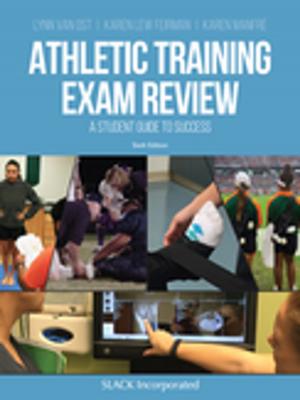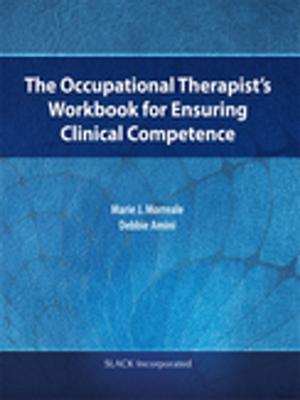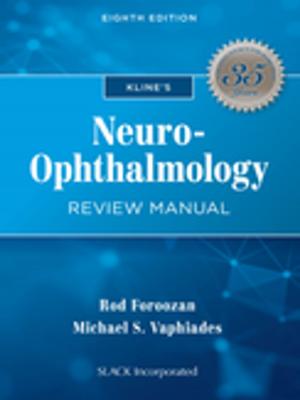The Complete Guide to Ocular History Taking
Nonfiction, Health & Well Being, Medical, Specialties, Ophthalmology| Author: | ISBN: | 9781617110979 | |
| Publisher: | SLACK Incorporated | Publication: | November 15, 1998 |
| Imprint: | SLACK Incorporated | Language: | English |
| Author: | |
| ISBN: | 9781617110979 |
| Publisher: | SLACK Incorporated |
| Publication: | November 15, 1998 |
| Imprint: | SLACK Incorporated |
| Language: | English |
The Complete Guide to Ocular History Taking discusses many questions involved in obtaining a complete history of the patient. It offers specific questions for the technician to ask the patient in the exam room and during the history-taking process. This book advises you on condensing a narrative, patient confidentiality, and developing patient rapport. It also provides notes on ocular and systemic medications which will help you look up medications in pharmaceutical references. This text discusses questions regarding ocular and systemic disorders, visual and physical symptoms, and medications. It also covers questions on trauma, gout, arthritis, and diabetes as well as questions for specific groups of patients such as postoperative, pregnant, geriatric, or children. Over 40 common ocular diagnoses are listed with questions to ask at follow-up visits. This text is ideal for on-the-job training or can be used as a handy reference tool while administering an exam. Special Features List of common ophthalmic abbreviations used in history taking. Provides notes on Health Care Financing Administration (HCFA) coding. List of systemic diseases and where they fit under review of systems. Discusses drugs that affect the eye.
The Complete Guide to Ocular History Taking discusses many questions involved in obtaining a complete history of the patient. It offers specific questions for the technician to ask the patient in the exam room and during the history-taking process. This book advises you on condensing a narrative, patient confidentiality, and developing patient rapport. It also provides notes on ocular and systemic medications which will help you look up medications in pharmaceutical references. This text discusses questions regarding ocular and systemic disorders, visual and physical symptoms, and medications. It also covers questions on trauma, gout, arthritis, and diabetes as well as questions for specific groups of patients such as postoperative, pregnant, geriatric, or children. Over 40 common ocular diagnoses are listed with questions to ask at follow-up visits. This text is ideal for on-the-job training or can be used as a handy reference tool while administering an exam. Special Features List of common ophthalmic abbreviations used in history taking. Provides notes on Health Care Financing Administration (HCFA) coding. List of systemic diseases and where they fit under review of systems. Discusses drugs that affect the eye.















